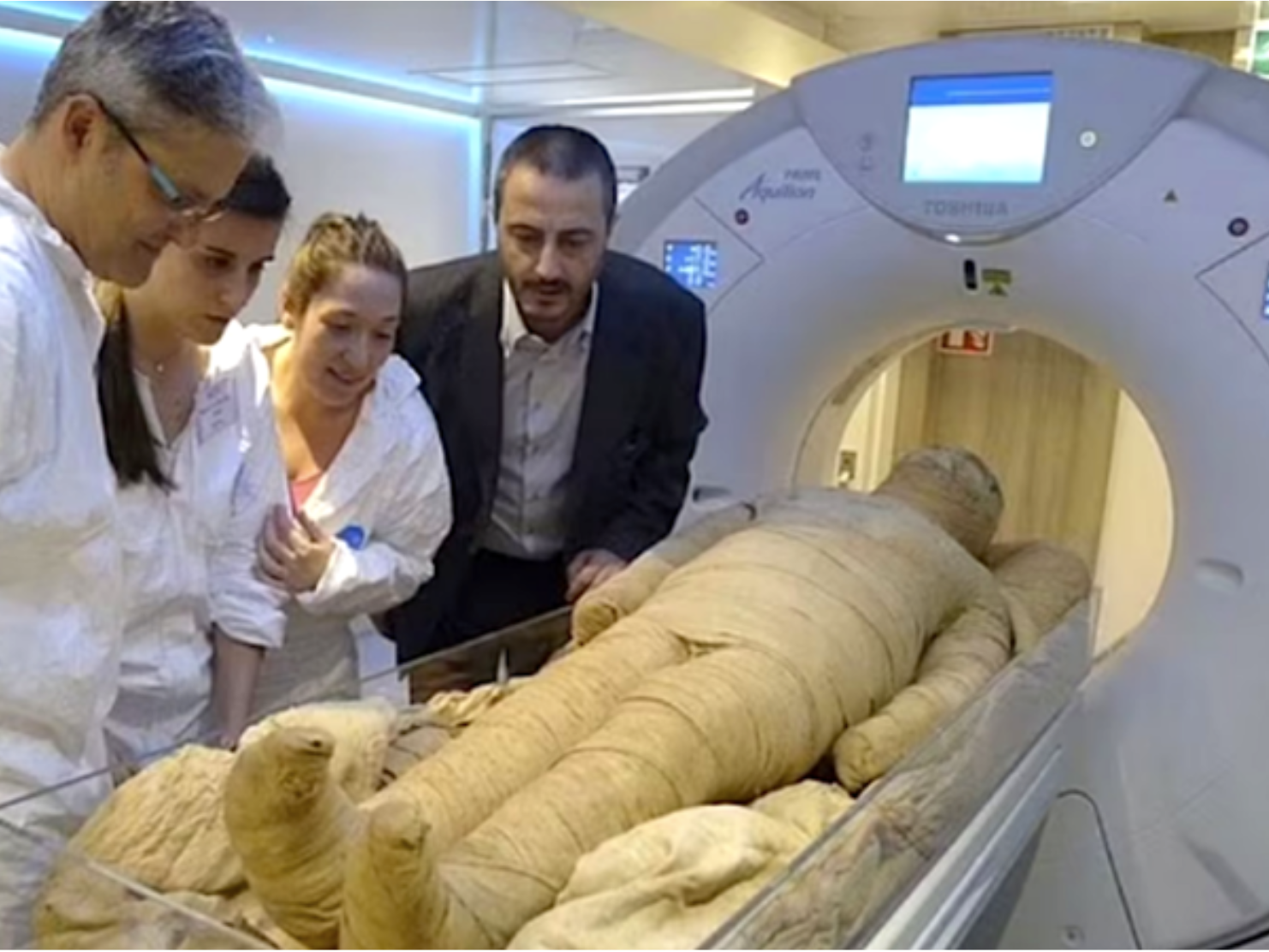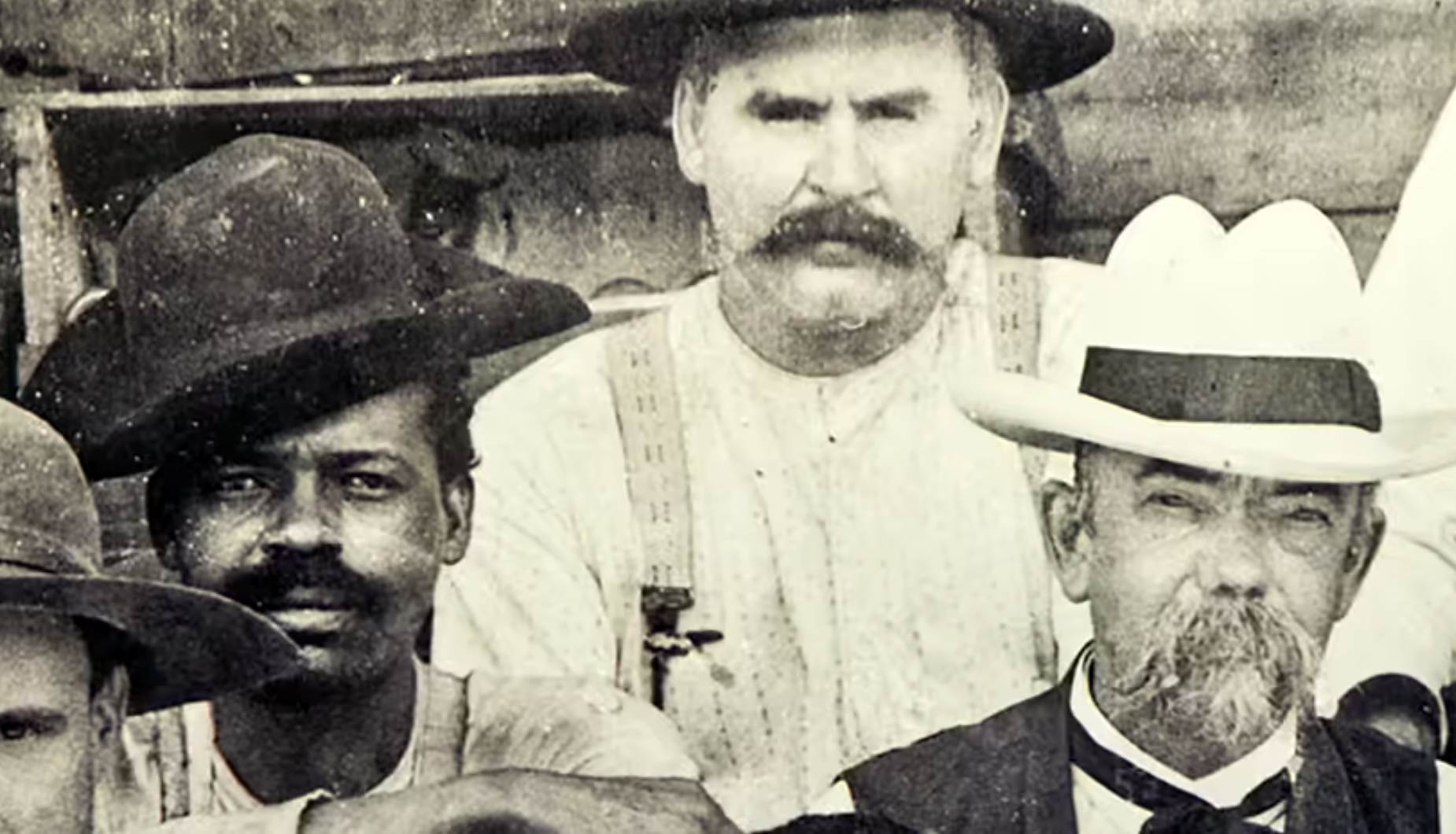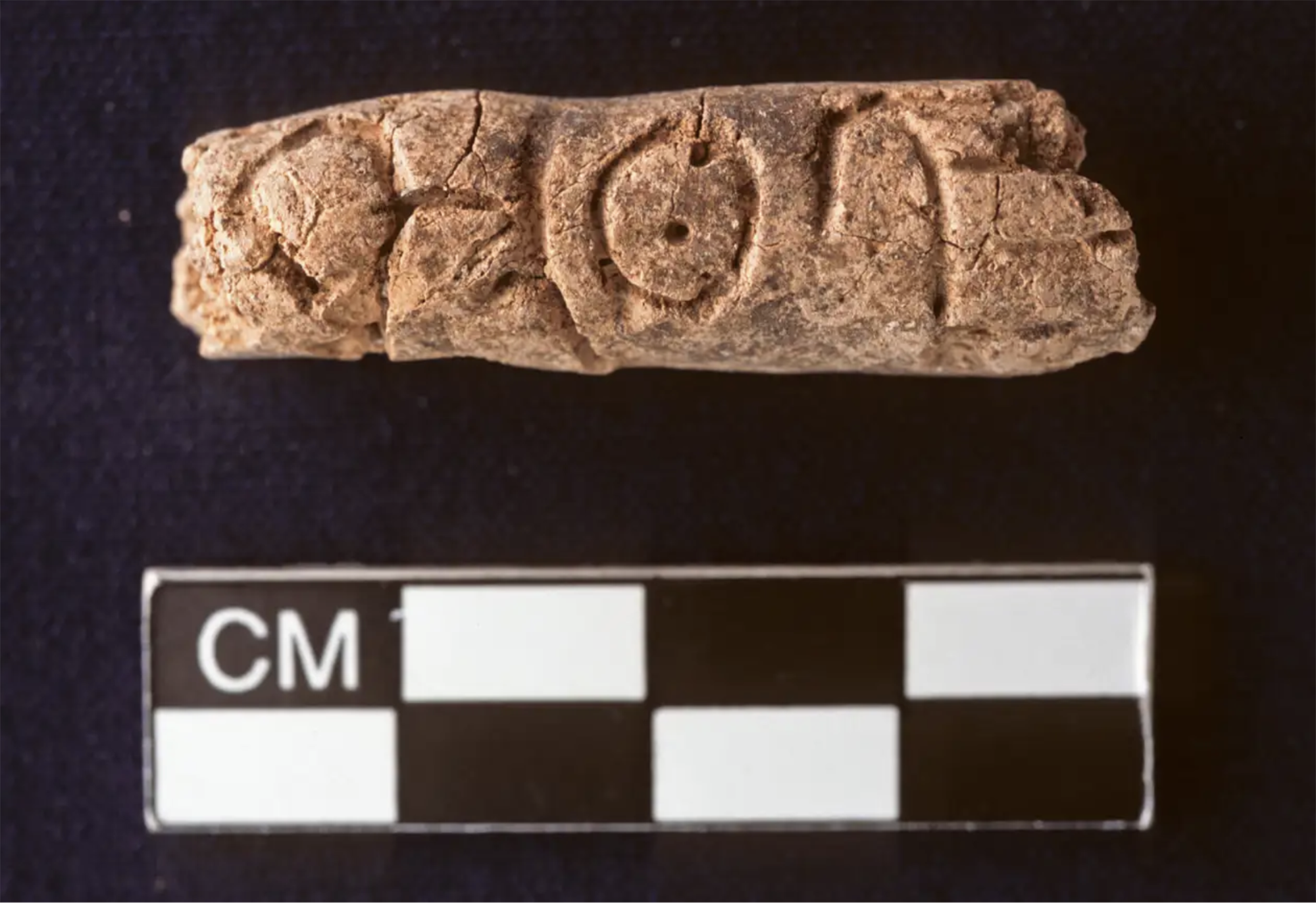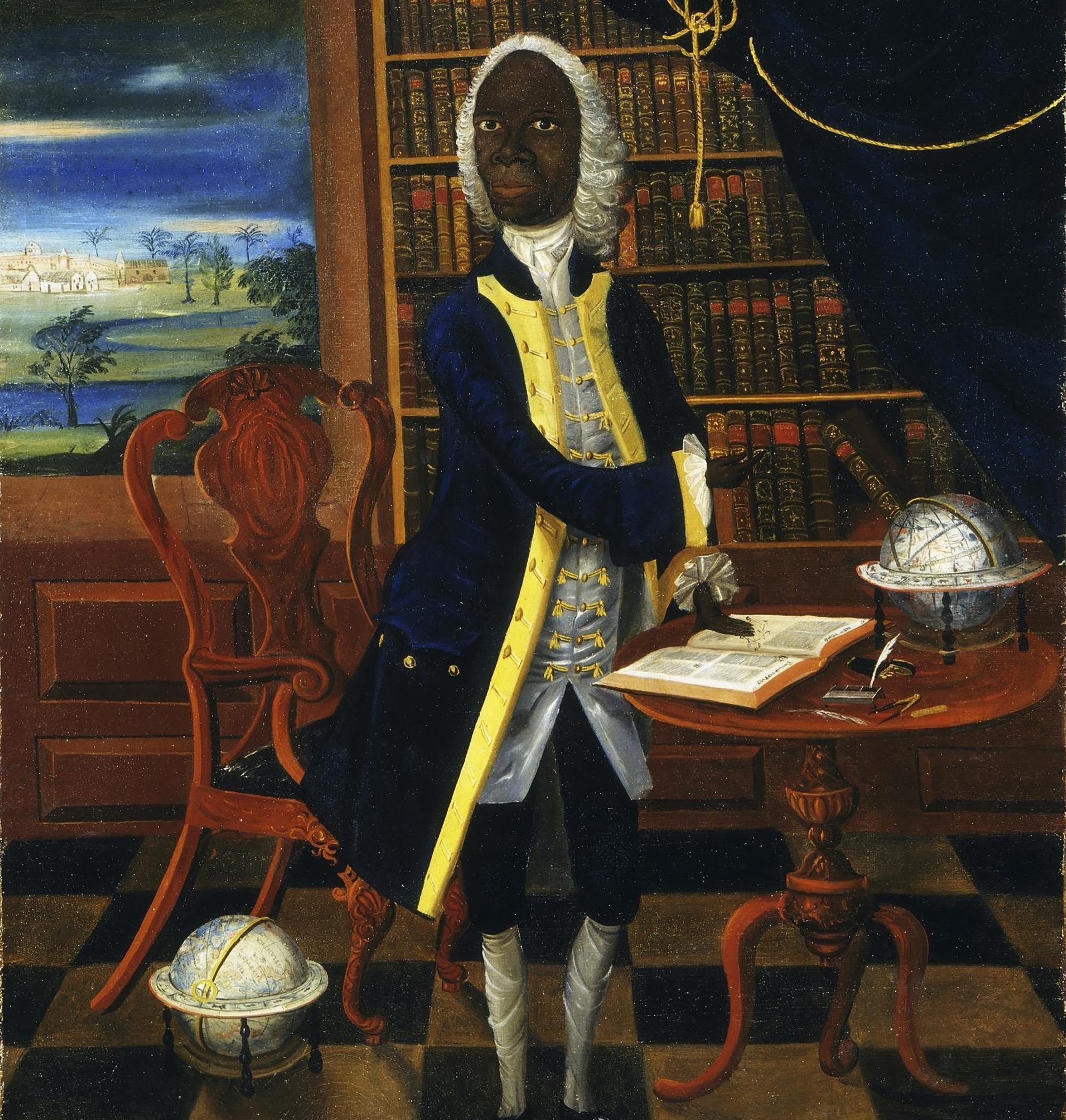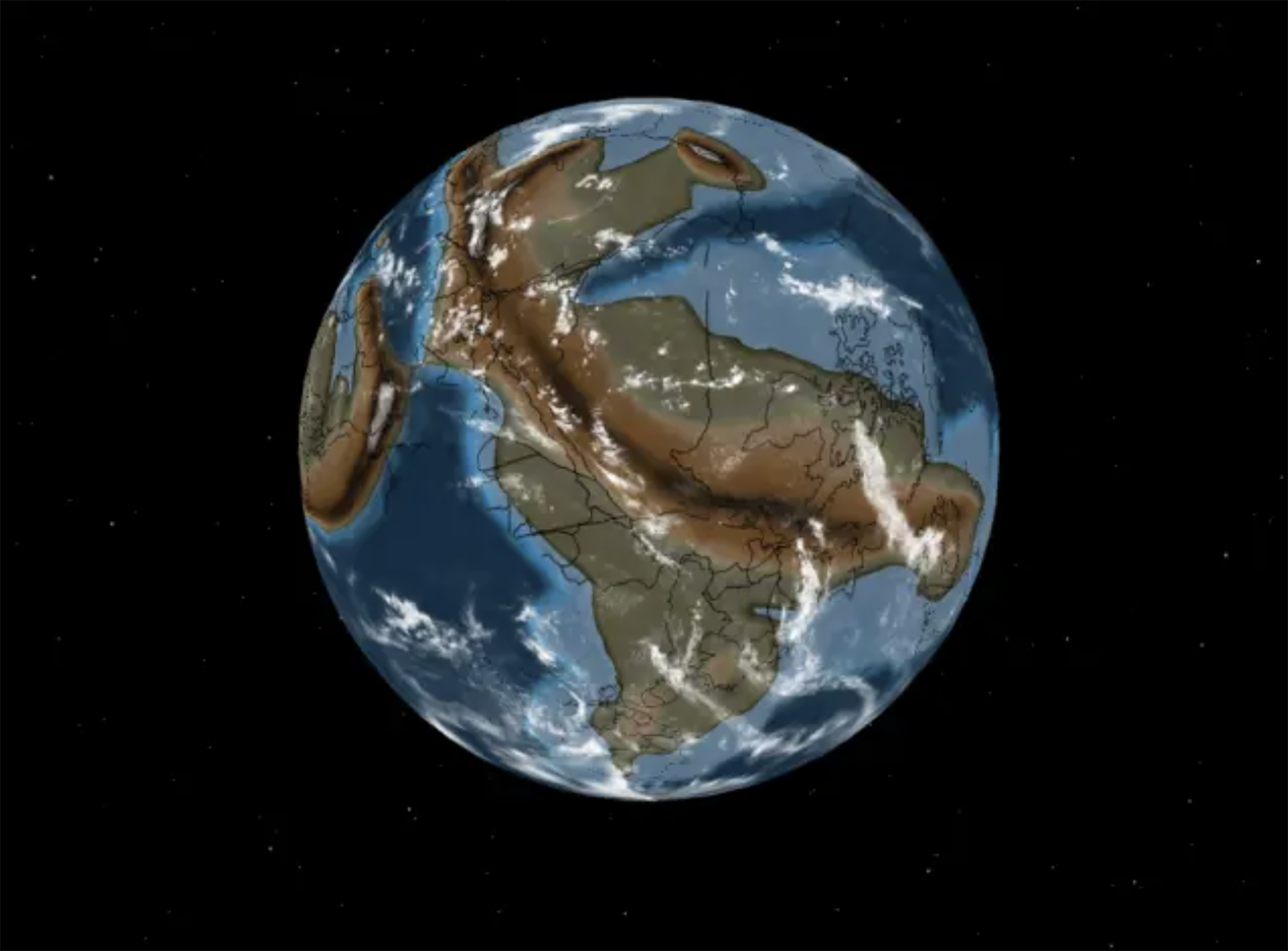Balloons of interest
- Lisbon, August 1709. The priest Bartolomé de Gusmão made an innovative exhibition at the Casa de las Indias, in front of the court of Juan V of Portugal and the launch of a hot air balloon.
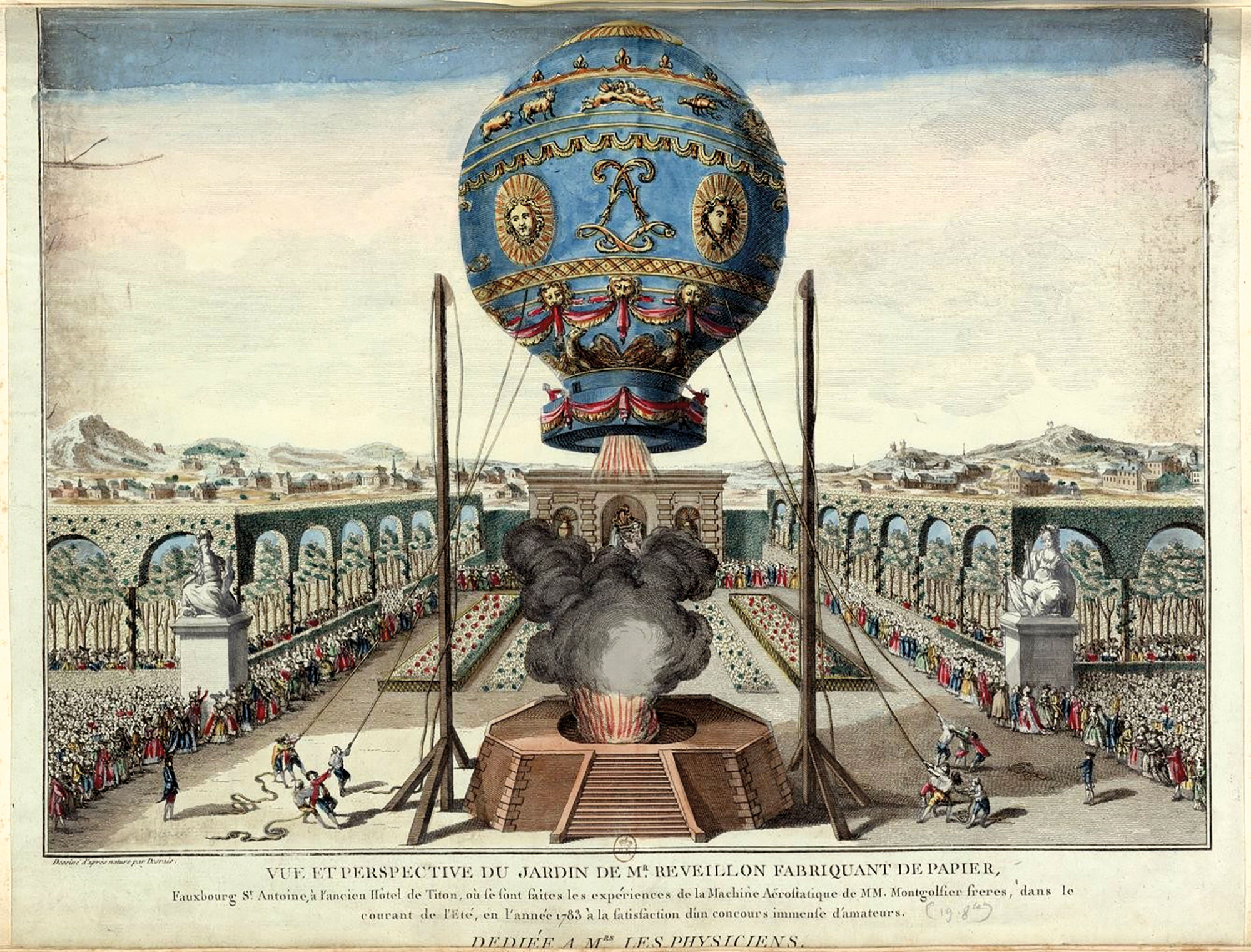
The invention was new, but the underlying principle was known since ancient times; the balloon, understood as air as fluid, raises the principles of the fluids of Archimedes.
Gusmão's balloon was unmanned, and so the Montgolfier brothers went further, wanted the balloon to be a device to transport people in flight. And they are considered inventors of the aerostatic balloon. The first demonstration was held on 4 June 1783, and at the end of the summer, in September, a balloon flight was first manned in Versailles in front, or above, of the real family to which the French belonged: Louis XVI, María Antonieta, his court and thousands of citizens of Paris. This flight had a famous audience and a peculiar crew: a sheep, a rooster and a duck. A year later, French physicist and chemist
Jean-François Pilâtre de Rozier had the honour of being the first air traveller.
And two years later, Rozier himself had the misfortune of being the first victim of an air accident.
However, the transport balloons dreamed of by the Montgolfie have not traveled much. High-risk surfaces and balloons were needed to carry small loads. Guided balloons or skewers also had limited practicality – and unlimited risk, as demonstrated by the Hinbenburg disaster in 1937. And so, because of the development of aircraft, manned balloons are used exclusively for exhibitions, advertising or romantic walks.
Before the end of the 18th century, new inventions began to think about what role they could play on the battlefield. Comet balloons would be mainly used to obtain aerial views of battlefields, i.e. manned balloons attached to the earth by rope
But, as underlies the principle of Archimedes behind the balloons, it seems that behind all inventions there is another no-name principle: the military use of anything that is invented, at least when they are not directly successful in meeting military objectives. And before the end of the 18th century, they began to think about what role the new invention could play on the battlefield. Comet balloons would be mainly used to get an aerial view of the battlefields, that is, the manned balloons attached to the earth by the rope. Despite their easy goal in take-off and landing, on arrival they offered an excellent picture of the state of battle and practical help in deciding strategies. They were used in this way during the First World War, because when the aircraft arrived they lost all the sense and the lack of safety left to them.
Since then, and thanks to new technologies, Gusmão’s original unmanned balloon has been squeezed. Weather balloons are the most visible example. They can reach stratospheric heights and, with measuring devices, they can collect all kinds of data. Of course, in addition to weather data, they can receive information on any other issue. In addition, being able to move at very high or small heights, staying at the same point for a long time, not having a specific orbit or trajectory such as satellites, having few metal components and not emitting heat, are practically undetectable in practice. In other words, besides being excellent meteorologists, they are unbeatable spies.
And thanks to the issue of the Chinese spy balloon, in recent weeks we have known another use of balloons, which also serve to exaggerate the tension between the world powers and freely channel the focus of interest.
Vietnam, February 7, 1965. The U.S. Air Force first used napalma against the civilian population. It was not the first time that gelatinous gasoline was used. It began to be launched with bombs during World War II and, in Vietnam itself, it was used during the Indochina War in... [+]
Archaeologists have discovered more than 600 engraved stones at the Vasagård site in Denmark. According to the results of the data, dating back to 4,900 years ago, it is also known that a violent eruption of a volcano occurred in Alaska at that time. The effects of this... [+]
Japan, 8th century. In the middle of the Nara Era they began to use the term furoshiki, but until the Edo Era (XVII-XIX. the 20th century) did not spread. Furoshiki is the art of collecting objects in ovens, but its etymology makes its origin clear: furo means bath and shiki... [+]
In an Egyptian mummy of 3,300 years ago, traces of Yersinia pestis, the bacterium that caused the Justinian plague in the 6th century and the Black Plague in the 14th century, have just been found.
Experts until now believed that at that time the plague had spread only in... [+]
Greenland, the end of the 10th century. The first Scandinavian explorers and settlers arrived on the island. But by the 15th century these settlements had been abandoned and the original Inuit remained. But in 1721, the missionary Hans Egede organized an expedition and the... [+]
In 2017, Indonesia and the Netherlands signed an agreement to return the heritage stolen by the European country because of colonialism for three centuries. The Indonesian responsible for the return process, Gusti Agung Wesaka Puja, explained that this agreement "was important in... [+]
Greece 1975. The country began the year as a republic, three weeks earlier, in the referendum on 8 December 1974, after the citizens decided on the end of the monarchy.
A decade earlier, in 1964, when King Paul I died, his son Constantine took the throne at the age of 23.
But... [+]
Copenhagen, 18 December 1974 At 12 noon a ferry arrived at the port, from where a group of about 100 Santa Claus landed. They brought a gigantic geese with them. The idea was to make a kind of “Trojan Goose” and, upon reaching the city, to pull the white beard costumes... [+]
Tennessee (United States), 1820. The slave Nathan Green is born, known as Nearest Uncle or Nearest Uncle. We do not know exactly when he was born and, in general, we have very little data about him until 1863, when he achieved emancipation. We know that in the late 1850s Dan... [+]
New York, 1960. At a UN meeting, Nigeria’s Foreign Minister and UN ambassador Jaja Wachucu slept. Nigeria had just achieved independence on 1 October. Therefore, Wachuku became the first UN representative in Nigeria and had just taken office.
In contradiction to the... [+]
Researchers at Johns Hopkins University have discovered several cylinders with inscriptions at the present Syrian Reservoir, the Tell Umm-el Marra. Experts believe that the signs written in these pieces of clay can be alphabetical.
In the 15th century a. The cylinders have... [+]
London 1928. At the Victoria and Albert Museum there was a very special painting: in the painting there is a black man, with wig and Levite, surrounded by books and scientific instruments. Thus it was catalogued in the Museum: “Unique satirical portrait representing a failed... [+]
Ethiopia, 24 November 1974. Lucy's skeleton was found in Hadar, one of the oldest traces of human ancestors. The Australian hominid of Australopithecus afarensis is between 3.2 and 3.5 million years old.
So they considered it the ancestor of species, the mother of all of us. In... [+]
A group of archaeologists from the University of Berkeley, California, USA. That is, men didn't launch the lances to hunt mammoths and other great mammals. That was the most widespread hypothesis so far, the technique we've seen in movies, video games ...
But the study, published... [+]














